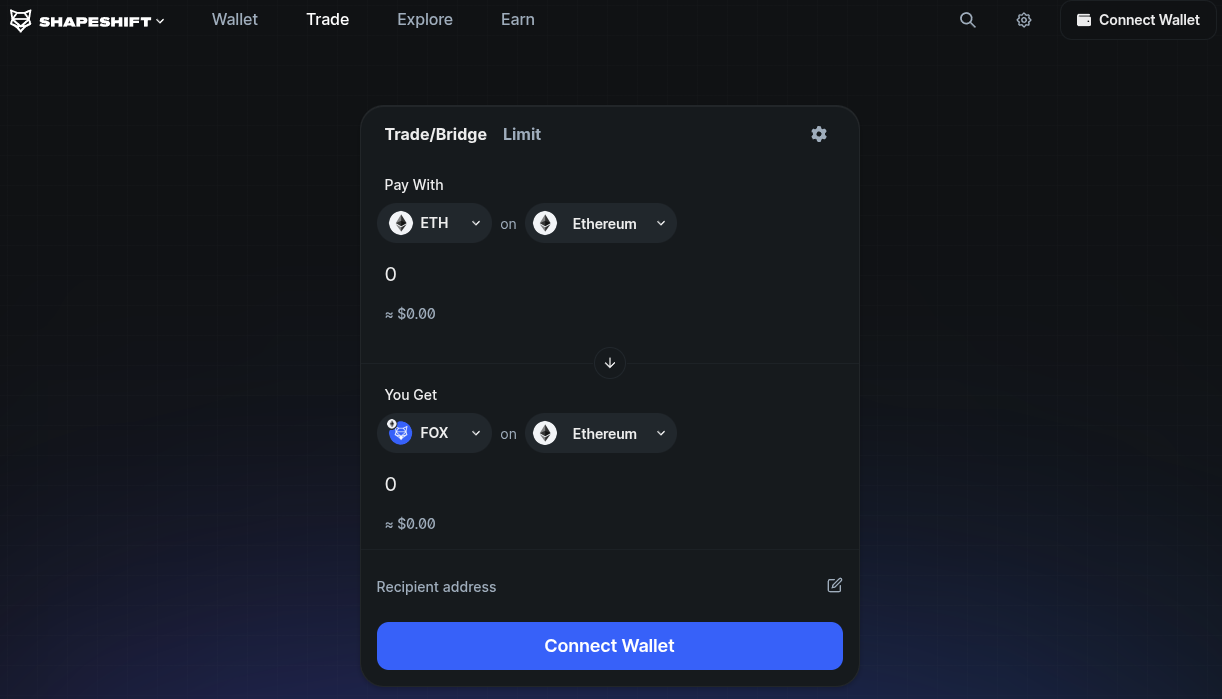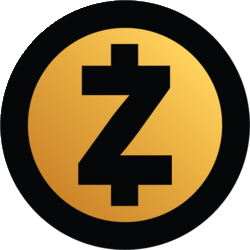ShapeShift now supports Zcash shielded transactions, enabling users to send and receive ZEC privately on-chain. The update restores privacy tooling to ShapeShift’s self-custodial DEX aggregator and wallet, backed by a $50,000 Zcash Community Grants allocation to fund integration and outreach.
-
ShapeShift adds shielded ZEC support
-
Integration enables private on‑chain swaps and self‑custodial shielded transactions.
-
Zcash Community Grants committed $50,000 to ShapeShift’s technical and marketing work.
ShapeShift Zcash shielded transactions: ShapeShift adds ZEC shielded support for private on‑chain swaps. Learn how to use shielded ZEC and what this means for crypto privacy.
What are ShapeShift’s Zcash shielded transactions and why do they matter?
ShapeShift’s support for Zcash shielded transactions enables private transfers of ZEC where sender, receiver and amounts can be obscured using zero‑knowledge proofs. This brings optional on‑chain privacy to ShapeShift’s self‑custodial DEX aggregator and wallet, restoring access to shielded ZEC without centralized custody.
How did ShapeShift reintroduce shielded ZEC support?
ShapeShift, now organized as a decentralized autonomous organization (DAO), announced support for shielded ZEC in a Thursday statement. The DAO integrated shielded ZEC using a node network provided by Liquify for transaction execution and redesigned its swap interface for a mobile‑first Uniswap‑style experience.

ShapeShift’s new interface. Source: ShapeShift
How does shielded ZEC work on ShapeShift?
Shielded ZEC uses zero‑knowledge proofs (ZK‑proofs) to validate transactions without revealing amounts or counterparties. On ShapeShift, the wallet generates shielded transactions locally, broadcasts them via the Liquify node network, and the DEX aggregator routes shielded swaps to preserve privacy while maintaining self‑custody.
What infrastructure supports the integration?
ShapeShift’s DAO leverages Liquify’s node network for execution and a redesigned UI optimized for mobile swaps. The Zcash Community Grants program provided $50,000 to support ShapeShift’s technical development and marketing outreach for shielded ZEC adoption.
Crypto privacy: What are the regulatory and market implications?
Privacy‑preserving applications like shielded ZEC face increasing regulatory scrutiny. European Anti‑Money Laundering proposals signal potential restrictions on anonymous crypto accounts and privacy tokens from 2027 onward. Despite this, demand for censorship‑resistant privacy tools may grow as regulatory frameworks tighten.
Which expert perspectives are relevant?
Industry professionals highlight privacy as foundational to trust in digital finance. Zero‑knowledge proofs are cited as powerful cryptographic tools that allow users to prove facts without revealing underlying data. Observers also note that regulatory pressure can drive innovation in privacy tooling and market demand for private settlement options.
How to use shielded ZEC on ShapeShift — quick guide
Follow these steps to make a shielded ZEC transfer on ShapeShift:
- Open the ShapeShift self‑custodial wallet or DEX aggregator interface.
- Select Zcash (ZEC) and choose the shielded address option.
- Initiate a shielded deposit or swap; the wallet will create a ZK‑proof locally.
- Confirm the transaction and broadcast via the Liquify node network.
- Monitor transaction status in the wallet; shielded details remain private on‑chain.
Shielded vs Transparent ZEC: What’s the difference?
| Feature | Shielded ZEC | Transparent ZEC |
|---|---|---|
| Privacy | Sender, receiver, amount hidden | All details public on chain |
| Use cases | Private transfers, confidential payments | Public accounting, transparent settlements |
| Compatibility | Requires shielded support in wallet/DApp | Supported by most exchanges/wallets |
Frequently Asked Questions
Is ShapeShift a DAO and what does that mean for users?
Yes. ShapeShift is governed as a DAO, meaning decisions are community‑driven and the platform emphasizes open development and self‑custody. This governance structure differs from its prior centralized operation and informs its current product choices.
Will regulators block shielded transactions?
Regulatory frameworks are tightening in some jurisdictions, and proposals like EU AML changes could limit certain privacy tokens. However, shielded transactions remain a technical privacy tool; policy outcomes will vary by region and evolve over time.
Key Takeaways
- Privacy Restored: ShapeShift now supports Zcash shielded transactions, enabling private ZEC transfers in a self‑custodial environment.
- Infrastructure: Integration uses Liquify’s node network and a mobile‑focused UI; Zcash Community Grants contributed $50,000.
- Regulatory Context: Growing regulatory scrutiny may affect privacy token usage, but technical demand for privacy solutions persists.
Conclusion
ShapeShift’s reintroduction of Zcash shielded transactions restores an option for on‑chain privacy within its self‑custodial DEX aggregator. Backed by Zcash Community Grants funding and powered by Liquify nodes, the move underscores ongoing demand for private money while highlighting regulatory tensions ahead. Monitor ShapeShift and Zcash updates for implementation details and best practices for secure shielded usage.
